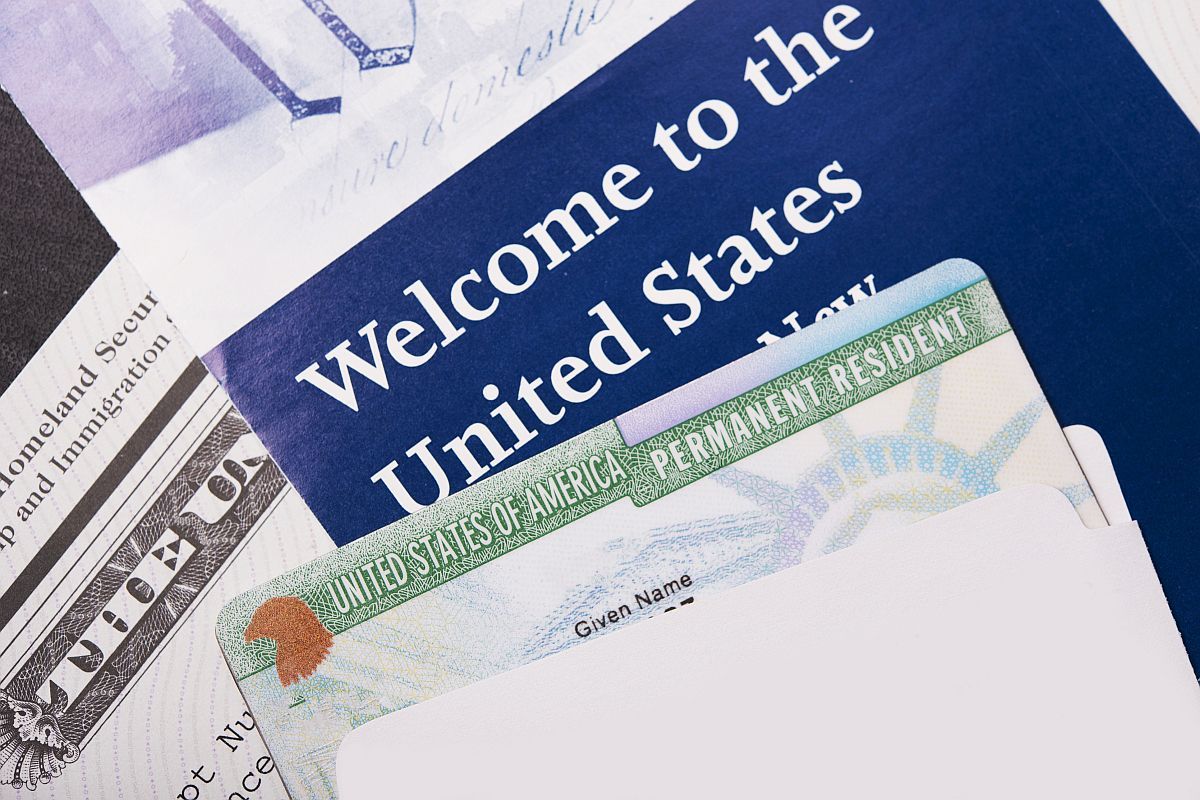In a major relief for professionals and immigrants from countries like India, the US government has given a grace period of 60 days to H-1B visa holders and Green Card applicants, who have been served notices for submission of various documents, taking into account the massive novel Coronavirus outbreak in America.
H-1B is a non-immigrant visa that allows companies in the US to employ foreign workers in speciality occupations that require theoretical or technical expertise. The technology companies depend on it to hire tens of thousands of employees each year from countries like India and China.
Advertisement
A Green Card, known officially as a Permanent Resident Card, is a document issued to immigrants to the US as evidence that the bearer has been granted the privilege of residing permanently.
The US Citizenship and Immigration Services (USCIS) on Friday said the 60-day grace period for responding to its requests will include requests for evidence; continuations to request evidence (N-14); notices of intent to deny; notices of intent to revoke; notices of intent to rescind and notices of intent to terminate regional investment centers; and filing date requirements for Form I-290B, Notice of Appeal or Motion.
“USCIS will consider a response to the above requests and notices received within 60 calendar days after the response due date set in the request or notice before taking action,” it said in a statement.
The USCIS said it will consider a Form I-290B received up to 60 calendar days from the date of the decision before it takes any action.
The USCIS can issue a maximum of 65,000 H-1B work visas every year to highly skilled foreign workers. It can issue an additional 20,000 H-1B visas to those highly skilled foreign workers who have obtained masters or higher degrees from an American educational institution.
Under the existing law, the US can issue a maximum of 1,40,000 employment-based green cards every year with a per country cap of seven per cent.
Accordingly, in fiscal year 2019, Indian nationals received 9,008 category 1 (EB1), 2,908 category 2 (EB2), and 5,083 category 3 (EB3) green cards. EB1-3 are different categories of employment-based green cards.
“USCIS is adopting several measures to protect our workforce and community and to minimise the immigration consequences for those seeking immigration benefits during this time,” the statement said.
The relaxations came in the view of the coronavirus pandemic, which first surfaced in the Chinese city of Wuhan in December last.
In April, President Donald Trump had said that he was suspending immigration for green card seekers for 60 days, arguing the controversial move would help Americans find work again after coronavirus caused a surge in unemployment amid the current lockdown.
With more than 50,000 fatalities in the US, Trump said his move would help Americans who have lost their jobs during the ongoing shutdown as it has been a key issue to his conservative base.
Indians are the single largest group of H-1B visa holders accounting for nearly 74 per cent of all such visas.
In addition to American firms, several Indian technology companies rely on the H-1B workforce to operate in the US.
Fearing massive layoffs in America due to the Coronavirus crisis that is hitting businesses around the globe, foreign technology professionals on H-1B visas, most sought after among Indians, had demanded the Trump administration extend their permissible post-job loss limit to stay in the US from the existing 60 to 180 days.
The current federal rules require an H-1B visa holder to leave the US along with their family members within 60 days of losing their job.











